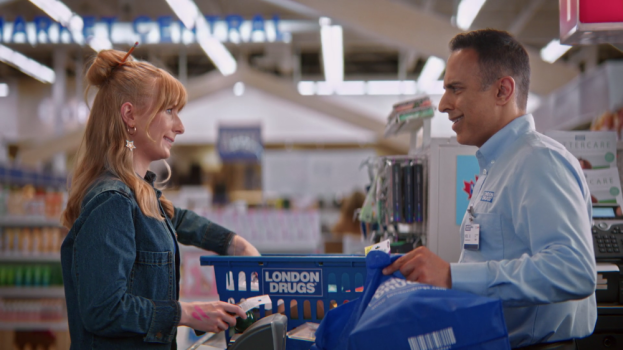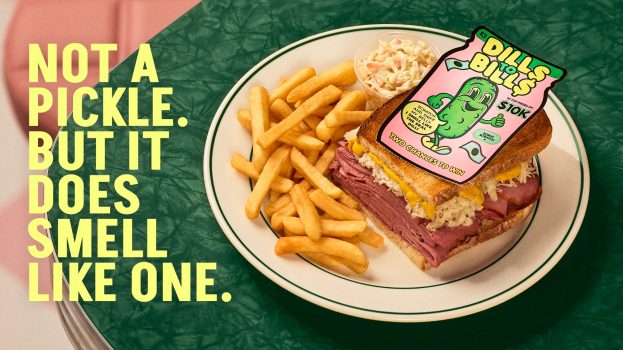As part of TFO’s largest program launch, Canadians have a chance to learn more about Samuel de Champlain and contribute to filling in one of the major things we still don’t know about him – what he actually looked like.
To promote the six-part miniseries Rêve de Champlain, the first episode of which premiered last night, Lowe Roche has developed Champlain: Portrait of a Nation. Users from across Canada are being encouraged to visit and upload their own photo to the site, which will combine them and create a composite image of what the famed explorer might have looked like, creating the “face of Canada,” so to speak.
Jane Murray, ECD at Lowe Roche, says the concept came from linking the idea that Champlain is one of the forefathers of Canada, but no one knows what he really looked like, as the only portraits of him were based on the imagination of a single artist and a rough self portrait done by the explorer himself. She adds the site will stay relevant as the miniseries airs, as it will continue to change the more people use it.
“It’s an ongoing timeline of all the people that have engaged with it,” she says. “We also had to take him out of the past and make him relevant to a broad target of modern-day Canadians, which is why an activation online made sense. We had been asked to do something people could take part in as adults and could be used by teachers in classrooms.”
Lowe Roche has also developed newspaper ads, online banner ads and a takeover of Berri-UQAM metro station in Montreal. Media buying is being handled by ZenithOptimedia.
The portrait project is the latest element of the push TFO has undertaken around the miniseries that will continue through the rest of 2015 to mark the 400th anniversary of francophone presence in Ontario, which Pascal Arseneau, chief marketing officer at Groupe Média TFO, says is the biggest mutli-platform project the broadcaster has ever done.
It began in September with “Tablet du Champlain,” an app that simulated the images, Twitter feed and other content that would be found in Champlain’s tablet, had he owned one. There has since been an online strategy game where players can manage their own colony, and in June there will be “Le petit Champlain,” an interactive story and series of mini-games for kids aged five to eight.
A microsite also features dozens of additional educational videos covering little-known facts about Champlain, including his ancestry, childhood interests and beliefs about diversity. Much of the content, both online and in the miniseries, is based on the book Champlain’s Dream by Pulitzer Prize-winning author and historian David Hackett Fischer.
“For people to appreciate the miniseries, we had to set the table,” Arseneau says. “Because we were so ambitious, in order to connect with an audience, especially a younger audience, we needed to go digital. This is a 400-year-old character that we need to make relevant today.”
The push also includes educational modules, and teachers will be able to do their own version of the portrait project within their own classrooms. As TFO is mostly funded through Ontario’s Ministry of Education, it has an educational mandate to complement what is being taught in classrooms. The Ontario curriculum was recently updated to include more material about Champlain, and Arseneau says there was a demand from educators for more, current content about him.
Promoting the lives of colonizers can be a controversial subject, due to the atrocities they often brought with them. And while Champlain did eventually fight with the First Nations people he encountered, he also fought alongside and provided assistance to many more of them. Fischer’s book also points out that Champlain arrived in New France wanting to do things differently, approaching the people there without weapons, having seen first hand what had befallen the people native to settlements in the Caribbean while working as a French spy.
Murray and Arseneau both point out the idea of diversity is something built into Canadian society, and the “Portrait of a Nation” project will ideally reflect that as it goes on.
“The stereotype of Canadians being an overly nice and welcoming people – the author’s theory is that it probably has something to do with how Champlain approached colonizing New France,” Arseneau says. “Canadians today might have a bit of Champlain in them.”
























